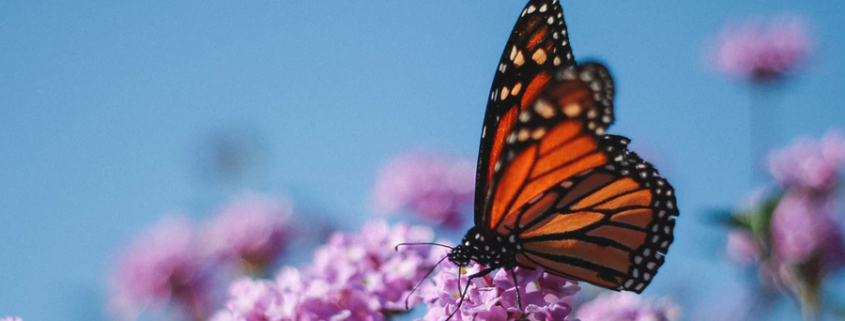Make Your Gardening Monarch-Friendly this Spring!
The Texas State Insect is the iconic Monarch Butterfly, but the population has dropped dramatically from over 1 billion migrating through Texas 20 years ago, to only 60 million in 2014. The City of Heath has joined others throughout the state to encourage resident to help protect and preserve the Monarch.
Things you can do include:
Avoiding pesticides on your plants, alternate options are…
-Choosing organically grown products when purchasing plants and foods
-Appling beneficial insects to prevent and control aphids
-Using a hard spray of water to remove large infestations
Creating a Monarch Way Station in your yard…
Monarch Waystations are places that provide resources necessary for Monarchs to produce successive generations and sustain their migration. Without milkweeds throughout their spring and summer breeding areas in North America, monarchs would not be able to produce the successive generations that culminate in the migration each fall.
Similarly, without nectar from flowers these fall migratory monarch butterflies would be unable to make their long journey to overwintering grounds in Mexico. The need for host plants for larvae and energy sources for adults applies to all monarch and butterfly populations around the world.
Plants that are Standard for Monarch Way Stations east of the Rocky Mountains are…
MILKWEED
- Butterfly Weed (Asclepias tuberosa)
- Common Milkweed (Asclepias syriaca)
- Swamp Milkweed (Asclepias incarnata)
GENERAL NECTAR PLANTS
- Indian Blanket (Gaillardia pulchella)
- Purple Coneflower (Echinacea purpurea)
- Joe Pye Weed (Eupatorium purpureum)
- Scarlet Sage (Salvia coccinea)
- Tithonia Torch, Mexican Sunflower (Tithonia)
- Zinnia, Dahlia Mix (Zinnia elegans)
You can purchase these plants or seeds at a local nursery, or order a seed kit at: www.monarchwatch.org

